Web Design for Art Portfolio: Standout from the Crowd
If you’re wondering how to create an art portfolio that stands out from the crowd, you’re in the right place. After all, if your website gets drowned out by your competitors, you will lose potential clients. However, designing an art portfolio website can be a challenge when millions of other artists promote their work already. Coming up with a unique design without hiring a professional and breaking the bank can seem like an impossible task.
In reality, all you need is the right approach and the correct toolset. This article will cover eight essential elements to consider when it comes to creating an inexpensive art portfolio site that converts. Let’s dive right in.
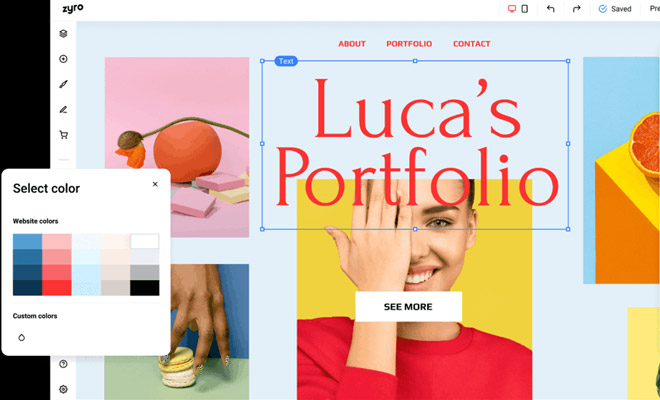
1. Use a Capable Website Builder
There are a lot of website builders available that can help you build an online portfolio. It all comes down to choosing the right one for your needs.
The key to making this choice is knowing exactly what you need. For a great art portfolio site, look for a website builder that offers pre-built portfolio templates, 24/7 support, and a free domain name to help you get started as a professional.
An excellent option that offers the mentioned features is the Zyro website builder. Additionally, it also comes with mobile-ready design and search-optimization tools. These features are crucial to provide visitors with a great user experience and help you get found online.
A mobile-ready design is essential because more and more people use mobile phones to access the internet. Meanwhile, SEO-friendly content is proven to grow your business.
2. Curate Your Work Carefully
Minimalistic website designs are more appealing than complex ones when it comes to portfolios.
Although it’s tempting to show off all of your past projects, doing so can do more harm than good.
Overwhelming visitors with information can distract them from your best work, lowering the chances that they will use your service.
So, remove distractions and showcase only your best work. Use plenty of white space to make your portfolio appear cleaner and put together.
However, this doesn’t mean you can’t display a ton of projects you’re proud of. For example, Francis Meaney does a great job compiling over 70 pictures of his wedding photography into a slideshow.
Another great example is Anton Cristell, who organizes his works into a grid gallery. The key is to curate the best ones and showcase them in an attractive layout.
If you still want to show more, consider embedding or linking to your social media such as Instagram or Behance.
3. Go for a Representative Website Design
Your web design should reflect your expertise.
For example, if you’re a skilled wedding photographer, go with a clean design that includes a lot of white space to complement the theme.
On the other hand, graphic designers and animators can go with a more playful design like Toyfight and Studio Schurk.
Despite your expertise, here are the essential elements for a great portfolio web design:
Complementary aesthetics. Strive for cohesive and consistent visuals, so your website is harmonious with your work.
Contact information. Be open to collaboration and connect with your audience.
About page. Add a touch of personality and introduce yourself professionally and personally.
Relevant social media links. Increase online visibility and offer different channels to reach out to you.
4. Tell a Story
French artist Malike Favre says that telling a story in each of your projects makes your art flow. It also creates a sense of community for the audience.
The story can be anything about the project – the muse for the design, the vision, the changes made, or the approach taken to create the end result.
Essentially, you should tell a story that speaks about who you are as an artist, as well as your personality and interest.
Examples of portfolios that include the stories behind their projects are More Air and Melanie Daveid.
5. Include Non-Client Projects
Essentially, a portfolio is a page to showcase your work. That doesn’t necessarily mean the work you do for clients. It can also be freelance and self-initiated projects.
This approach is excellent for showcasing your different creative sides and unique interests to potential clients.
A great example of this is Justin Aguilar’s portfolio page. He is a product designer with a passion for music. He managed to show two different artistry types in an organized manner, splitting the two skills into separate pages.
You can borrow this idea if you’d like to showcase the multiple creative talents you possess.
6. Use High-Resolution Images
High-resolution images mean more pixels per inch, making the images look clear, crisp, and high quality.
Study shows that 38% of people will stop engaging with a site if the content is unattractive.
With online art portfolios, images are the focal point of your website. Therefore, using high-quality images is essential to showcase your artwork.
If you’re a digital designer, creating a high-resolution image shouldn’t be a problem. But artists that are unfamiliar with the processes of producing high-quality photos should consider hiring a professional for the job.
7. Ask for Feedback
Other than what’s on the page, external factors also play an important part in creating an excellent art portfolio, and that is feedback.
If you’re a complete beginner and this portfolio is just to show off your hobby, try asking for opinions from the people around you.
Otherwise, if you’re quite established, consider asking feedback from fellow artists and web designers. And if you’re willing to go the extra mile, hire web designers to critique your portfolio site.
Asking for feedback from professionals ensures your portfolio is not only aesthetically pleasing, but also provides a seamless user experience.
For instance, professional web designers will give relevant comments like the best placement for your call-to-action button or suggest a better layout to display your images.
Other than feedback on the website design, you should also ask for testimonials from past clients. Showcasing positive reviews acts as a recommendation and reference for future customers.
8. Promote the Portfolio
Last but not least, promote your online portfolio. This is to get the word out, to let people know about you and your artwork.
There are several ways to do this. First, share your portfolio through your social media channels – Facebook, Twitter, or Instagram. You can even make a YouTube channel to show off your expertise on the subject further.
Another great tip is to join online forums on Reddit and Facebook groups and help answer questions relevant to your industry. This approach has plenty of benefits, such as:
- Connecting with like-minded people with similar interests
- Becoming the go-to source for help on relevant topics
- Gaining online visibility
- Building authority
However, this step is an ongoing process, not a one-off move. So, whenever you see an opportunity to share knowledge on a topic, consider it part of your promotion.
Conclusion
Creating an art portfolio that stands out from the crowd is crucial to thriving in the industry.
With the right approach, you can build a strong portfolio that showcases your artwork and personality, which is important when it comes landing new clients.
To recap, here are the eight tips to creating an excellent art portfolio site:
- Choose a suitable website builder.
- Curate and display your best artwork.
- Communicate your expertise through the web design.
- Tell the story behind your projects.
- Display other creative capabilities.
- Use high-quality images.
- Ask for feedback and display testimonials.
- Promote your site.
Most importantly, remember that this kind of work takes time. Be patient and persistent, and you’re sure to see your business flourish soon. Good luck.
Related Posts
15 Top Website Design Companies around the world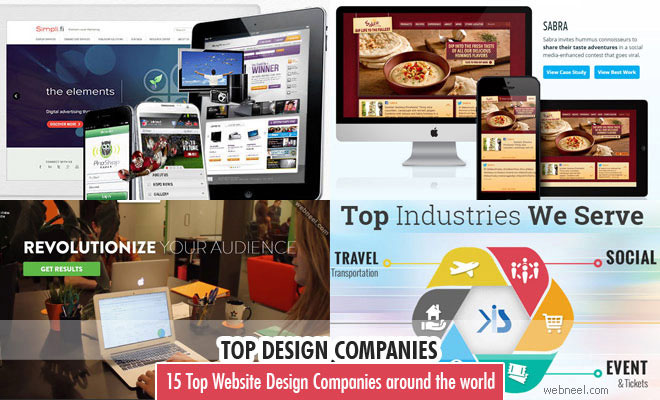
15 Best Custom Logo Design Services and Websites around the world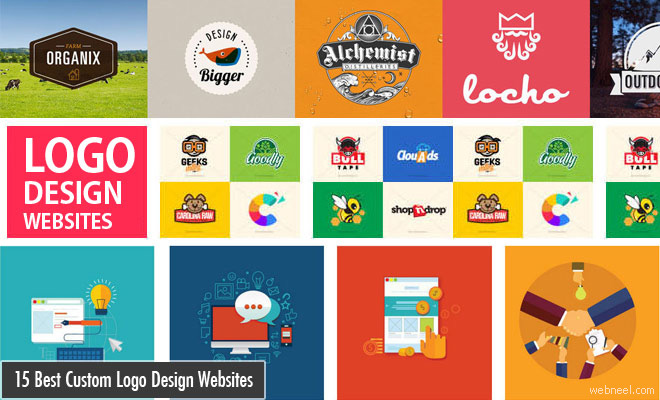
15 Best Website Designers in India - Creative Web Designers List
Top 25 Free Website providers around the world - Free Portfolio Websites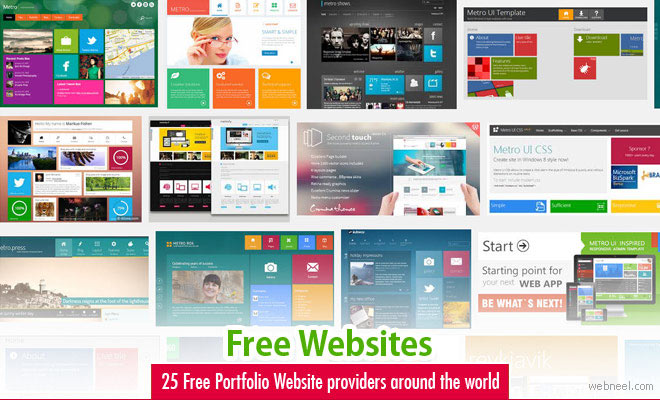
Top 10 Best Graphic Design Company Websites from around the world
Top 20 Useful Websites for Graphic and Web Designers | Nov 2018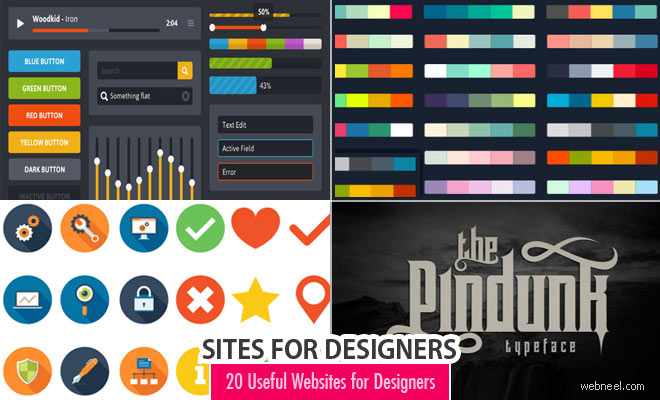
Top 18 Free Icon downloading websites for designers - Icon set sites | Nov 2018![]()
See All News Around | Website Designers India | Free Drupal Themes | Types of logo designs
